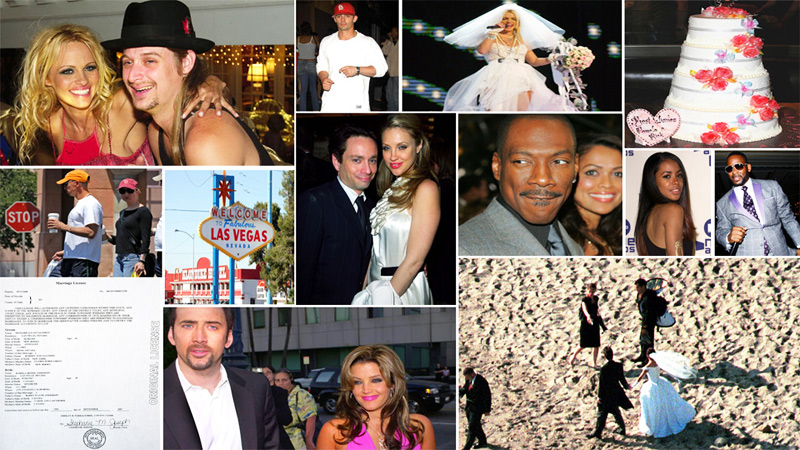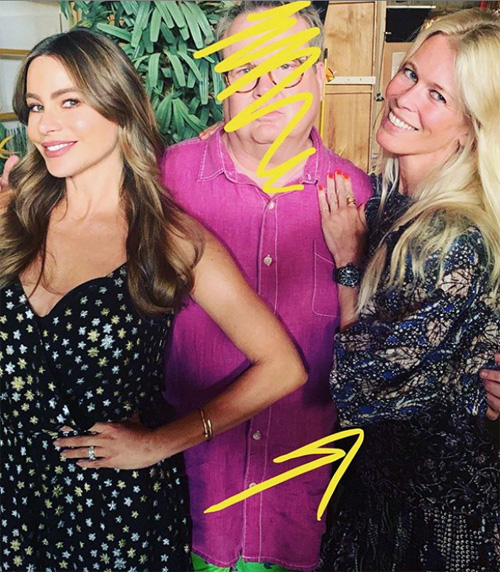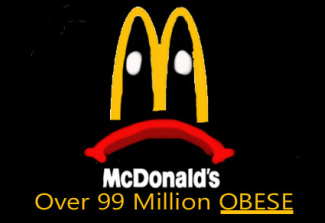
Minimalism is a way to apply a minimalist aesthetic to a work. While minimalism has minimal visual content, it conveys strong emotional connections to the viewer. Minimalism also broke down all barriers and boundaries, and it paved the way for modern artists and their followers. In this article, we'll examine the works of Robert Ryman, Yves Klein, Tony Smith, and Robert Morris.
Yves Klein
Yves Klein's minimalist style of art was born from his desire to expand the boundaries of painting. His first solo show was titled "Monochrome Propositions" and it was in 1957 that his work began to gain acceptance. Klein's art was so popular that, despite being criticized by art lovers and critics alike, he was invited to an exclusive exhibition at the Iris Clert. The show was limited to a few paintings each of which were made of one color.
Robert Ryman
Minimalism in art can be described as "an absence of any symbolism, metaphor" It also excludes all references to other things. Ryman's artwork is primarily about the media used and the white marks made on the canvas. Ryman's paintings frequently have names that originate from the names of other companies or art supplies. This minimalist style of minimalism rejects all representational meanings. The viewer is free to choose the best piece for them.

Tony Smith
The artist's work is characterized by a simple yet powerful form of abstraction. He used the form of a Cube to explore mathematical elements. Smith's minimalist art practice became a style that has lasted for decades. Smith's work blends geometric elements with mathematical formulas to produce a work that is both strong and beautiful. Smith's minimalistic approach to art has been a source of inspiration for both designers and artists.
Robert Morris
In the early 1960s, Robert Morris was a well-known abstract expressionist and minimalist. Morris was born in Kansas City on December 31, 1931. Morris attended the Kansas City Art Institute, and the California School of Fine Arts. He became involved in the New York art scene in 1959 and helped create the minimalism style there. This new style used plywood to make simple geometric shapes. It was cheap and easy to manipulate. These structures created a buzz in underground circles and confused critics.
Robert Bladen
Bladen's monumental sculptures are notable for their dynamism, scale, and handmade nature. In 1966, the Jewish Museum hosted the Minimalist exhibition. It featured his Three Elements and The Cathedral Evening. His work also reveals his interest in Eastern philosophical systems. Three Elements creates a new space within a space, and forces viewers to consider their own shape. Bladen's famous paintings will be on display alongside Bladen’s work.
Dan Flavin
Minimalism, a style that emphasizes simplicity in art, is also known as minimalism. This style of art avoids using precious materials and is often called minimalism. Flavin used paper and plastic to create his art. Flavin dedicated his works to causes or individuals he loved. This practice began early in Flavin's career. In 1963, he developed the "Nominal Three" series. It consisted of three fluorescent units. It was dedicated to William of Ockham by the artist, who believed reality can be found in individual objects and not in a larger total.

Robert Mangold
Robert Mangold, one of the most prominent minimalist painters of his time, is a part of the Minimal art style. Mangold was a Yale University graduate who was born in 1937. He continued to paint on a flat surface, but he also used an abstract approach to creating his art. His work often explores the relationship between the weight of a piece of art and its material. The artist can use these materials to determine the aesthetics of the piece.
Terry Riley
Minimalism was a style that emerged from Terry Riley, an American composer who has influenced many artists such as Philip Glass, Steve Reich and the Velvet Underground. This movement has been inspiring artists across many disciplines since then. In art, minimalism is a style that emphasizes repetition and simplicity. The use of a single instrument to create a composition is a great example. His work often shows how the minimalist approach can be applied across many media.
FAQ
How can I incorporate pop culture into my marketing strategy?
Understanding pop culture trends is key to understanding how to incorporate it into your marketing strategy.
Let's take, for example, the promotion of a new movie. What kind of promotion would you be able to run?
You could create a trailer with clips taken from the film. A clip could be found that features your product or service and included in the video.
Perhaps you could make a parody of the trailer with other films.
A promotional campaign could be created based on the plotline of the movie if you were promoting a product/service that is related to the movie's theme. You might promote a product that can help astronauts remain healthy while in space.
Promos could be run for businesses that are related to the movie's plotline. If your company sells food products, you might offer customers free samples if they buy tickets to the movie.
Is Tik Tok pop-culture?
Yes! It's not limited to teenagers. These videos can be used by anyone to express their feelings, share life moments, and show support.
The app is used daily by more than 200 million people around the globe. Every day, this number increases by millions.
TikTok gives brands the opportunity to build meaningful relationships and connect with customers through this amazing platform.
TikTok is also home for many influencers who have built huge followings. These creators create original content that engages audiences across the globe.
So, what are you waiting? Here are four ways you can take advantage of this trend.
-
Create Viral Content
-
Engage Influencers
-
Use Visuals Effectively
-
Create with Your Audience
What is popular culture in the world of music?
Popular Music Culture is a constantly-changing phenomenon that comes in many forms.
The use of certain music styles (e.g. jazz, rock) and lyrics is what defines popular music culture. It also includes the impact of visual media such as television, fashion and advertising on artists' careers, as well as public perception.
It's also the way that fans interact with their favorite musicians.
Popular music culture has one element: the rise of "superstars", artists who have gained fame and fortune.
These celebrities often transcend genres to become cultural icons. The evolution of popular culture has been influenced by their popularity.
Some other elements of popular music culture are:
* The rise of recording technology -- from acoustic instruments and electric guitars to microphones and microphones.
* The inventions of the record player, the radio and other electronic devices.
* The birth of rock 'n roll.
* The introductions of film and television;
* The advent MTV and VH1
* The creation the internet.
Who is the inventor of Pop Music?
Frank Zappa invents the term pop music. He used the word pop music to describe his style of music.
He said that he wanted to write music that would appeal to everyone. Pop music was what he called his music.
Zappa also created the phrase "You know it's POP when..." which means that something is really popular if many people enjoy it. Michael Jackson's Thriller is one example of the greatest-selling albums.
Zappa's definitions are very different to the present definition of pop music. Today, pop music includes all types of music. But back then, only certain kinds of music were considered pop.
What are the examples of pop-culture in 2021
The world was changed forever on 11th September 2001, when two planes were hijacked by terrorists and crashed into the twin towers of the World Trade Center in New York City. This day would be called 9/11.
The events of this day have impacted popular culture and continue to do so today. We can see many ways the event has influenced lives.
This includes television programs like 24 and movies like United 93 that tell the story the what happened during the flight between Boston and Los Angeles on 9/11. It also includes books like The Forever War by Dexter Filkins.
Everybody can recall exactly where they were when the attack occurred. Some people got out from bed to go outside. Others watched the TV or read newspapers.
Pop culture is something that changes every year. It reflects society and provides inspiration. How will popular culture change next year? We don't know yet. All we know is that it will be different than it was before.
What can pop music teach us?
Our society today is more concerned with material goods than everything else. This is especially true for younger people. They spend hours each day staring at screens. They are addicted to video games, movies, and surfing the web. All of this distracts them from focusing on school work. As a consequence, they often fail classes.
Everyone wants to fit in. That means being popular. Popularity depends on money, clothes, and other possessions. This leads some people to do things that aren't right.
We have become too dependent on technology. All information is available to us thanks to technology. However, not all information is accurate. False rumors are floating around the Internet. These rumors spread fast because people share them on social networking sites. It's easy for people to post things without checking if they are true.
People are losing their ability to think critically. People believe everything they see on the Internet. They believe everything they read in magazines and on television. They stop thinking for themselves. They instead follow the crowd.
We lose control over our lives when we rely upon others to tell the truth. Pop culture teaches us to depend on others. This can make us lazy. Although the truth is out there and we often don't find it, it can make us lazy.
What is pop-media culture?
Pop culture is everywhere. Pop culture is everywhere. We are surrounded by it 24/7. It is everywhere, including our clothing, food, language, politics, religion, and music. What exactly is pop culture? Wikipedia states that "Popular culture" refers specifically to ideas and products intended for mass consumption. This term is often used to refer to TV shows, movies and music. However, there is much more to pop culture than just entertainment. This term refers to anything consumed by the masses such as video games and sports, toys or clothing, fast food, political campaigns and many other things.
Statistics
- Latinos represent roughly 19% of the U.S. population. (npr.org)
- [17][18][19]Definition[edit]According to author John Storey, there are various definitions of popular culture. (en.wikipedia.org)
- Yet a Nielsen study shows they account for 42% of the country's most-watched content on streaming services. courtesy Nielsen (npr.org)
- According to Dictionary.com, popular culture, or low culture as it is sometimes referred to is comprised of the “cultural activities or commercial products reflecting, suited to, or aimed at the tastes of the general masses of people” (7/21/19). (socialsci.libretexts.org)
- For example, the term hater meaning someone who strongly undermines or criticizes others, often due to pathetic jealousy, likely emerged from hip hop culture, such as the term playa hateras, used by influential rapper Biggie Smalls as early as 1995. (simplicable.com)
External Links
How To
What is pop culture in films?
Popular Movies Culture covers all aspects of entertainment, including books, magazines and newspapers, television programs, websites, TV programs, websites, blogs and social media.
Movies can be categorized into several types: comedy, drama, horror, action/adventure, fantasy, science fiction, romance, thriller, war, documentary, animation, and westerns.
Movie plots usually follow a predictable sequence of events that leads to a satisfying ending.
Films' success is dependent on how closely they follow this formula.
Some of the most common plot points are:
-
The protagonist must overcome obstacles in order to reach his/her goal.
-
An antagonist that opposes your protagonist throughout the film.
-
A moral dilemma that forces the protagonist to make a choice.
-
A twist ending that changes everything.
If your story does not fit in one of these categories you might need to reevaluate or outline your idea before you write.
These are the questions you should pay attention to:
-
How do I establish my setting?
-
What is my protagonist looking for?
-
Why should readers care about my story?
-
Where is my story heading?
-
Who is my main person?
-
Will there be conflict?
-
What is the climax?
-
What is your resolution?
-
Are you happy with the ending?
-
Do I want to introduce characters?
-
Is my story set in multiple settings?
-
Are there subplots to the story?
-
Are there any major themes?
-
Is it possible to tell a complete story in just one chapter.
-
Are I effectively using dialogue?
-
Is my language clear?
-
What is the context for my vocabulary?
-
What if I have used active voice, instead of passive?
-
Are there spelling or grammar errors?
-
Is my grammar correct?
-
Are there too many adverbs?
-
Is there anything else I could improve?
-
How do you feel about my first impression after editing?
Your job is to not only create a book that's good, but to also get it published.